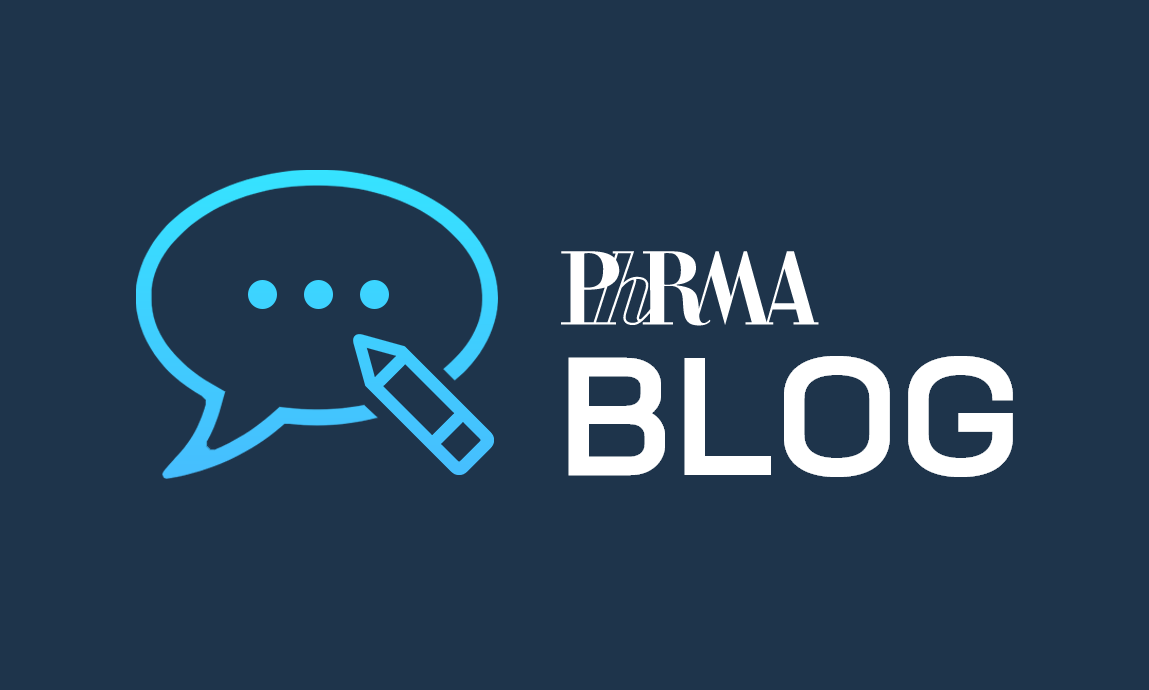COVID-19 has understandably reshaped the health care conversation surrounding the upcoming election, with roughly one-fifth of voters citing the coronavirus pandemic as the priority issue heading into the 2020 presidential election. The global pandemic has also elevated personal health care anxieties, as voters have increasingly expressed concerns about their ability to access and afford the care they need when they need it.
With Election Day around the corner, voters are looking for meaningful solutions that address the factors driving up health care costs for patients and the system overall. Here’s what the most recent data shows:
Voters are concerned about out-of-pocket costs and insurance coverage. Nearly 60% of voters worry they won’t have adequate coverage needed in the case of a major medical event, according to an October 2020 Morning Consult/PhRMA tracking poll. High-deductible health plans are contributing to these concerns, as consumers increasingly shoulder more and more of the cost of their care. The Commonwealth Fund notes that, today, more than 43% of U.S. adults have out-of-pocket costs equivalent to 10% of their income. Further poll data show that 63% of voters fear they won’t be able to afford the out-of-pocket costs for hospital bills and 54% have the same concerns about affording their prescription medicines.
The fact that U.S. voters are increasingly anxious about not being able to afford the care they need makes sense given that each year, Americans are paying more for their health care through higher deductibles, copays and other forms of cost sharing. Between 2004 and 2014, the average payments toward deductibles more than tripled, rising 26%, and average payments toward coinsurance more than doubled, rising 107%. With 68% of voters saying that their health coverage is getting more expensive and covering less, voters are – unsurprisingly – looking for policymakers to advance solutions that will make a difference.
A large majority of voters want to see meaningful efforts to control health care costs without jeopardizing quality and choice. In response to COVID-19, Americans have a renewed sense of unease around the quality and cost of health care and voters want to address the real drivers of health care costs in impactful ways. For example:
- Reducing waste and addressing the explosion of administrative costs would save billions of dollars. A 2019 JAMA study found that estimated waste in the health care system ranged between $760 billion and $935 billion, accounting for approximately 25% of total health care spending in the United States. Americans recognize the potential savings that exist, with 84% of voters saying in a recent poll that they want to see a reduction in wasteful health care spending.
- Capping out-of-pocket costs and deductibles would provide a meaningful difference. Deductibles are rising, and Americans are being asked to shoulder more out-of-pocket costs – creating a barrier to get the medicines and care they need. According to a recent poll, 83% of voters support caps on the amount insurers can make patients pay out-of-pocket on deductibles, copays and other costs, and 87% support ensuring that insurance coverage applies the first time it’s used – as opposed to having to reach a high deductible before coverage kicks in.
- Ensuring transparency and predictability of health care costs to address rising anxiety among voters. Nine out of 10 voters support better equipping consumers with information about health care costs so they can make more informed choices ahead of time. And 86% want predictability in health care so they know how much they will spend month to month.
- Preserving choice and quality. Voters don’t want these reforms to come at the price of quality or choice. Instead of more government control, 61% of voters want the federal government to provide oversight and incentives to encourage more competition among health care companies as a means to lower costs.
There is an urgent need and desire for policies that ensure fairness, access and affordability while also maintaining health care choice and quality. Policymakers should keep the voices of voter’s top of mind and PhRMA will continue to prioritize and advocate for the policies that best support and ensure patient access and affordability to the care and treatment they need.



